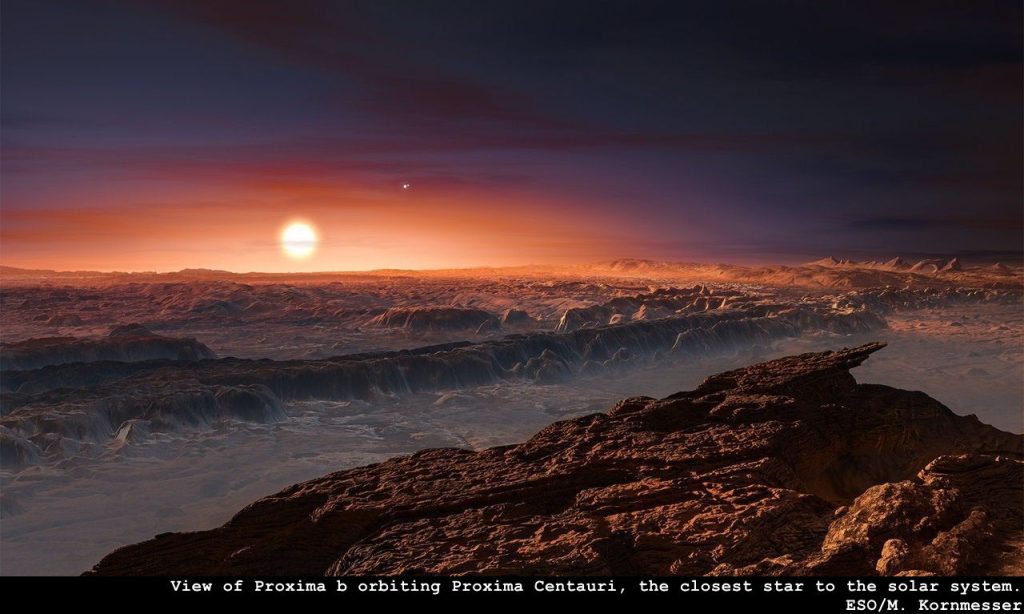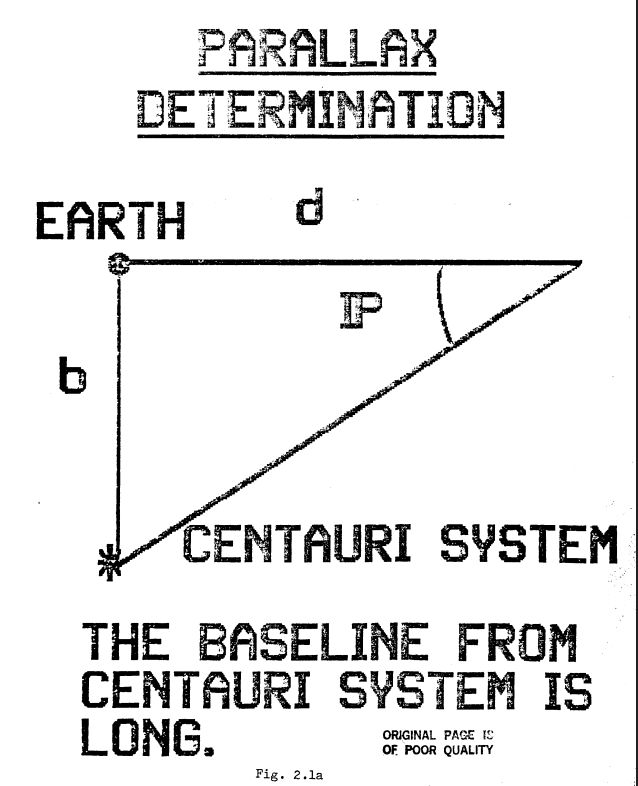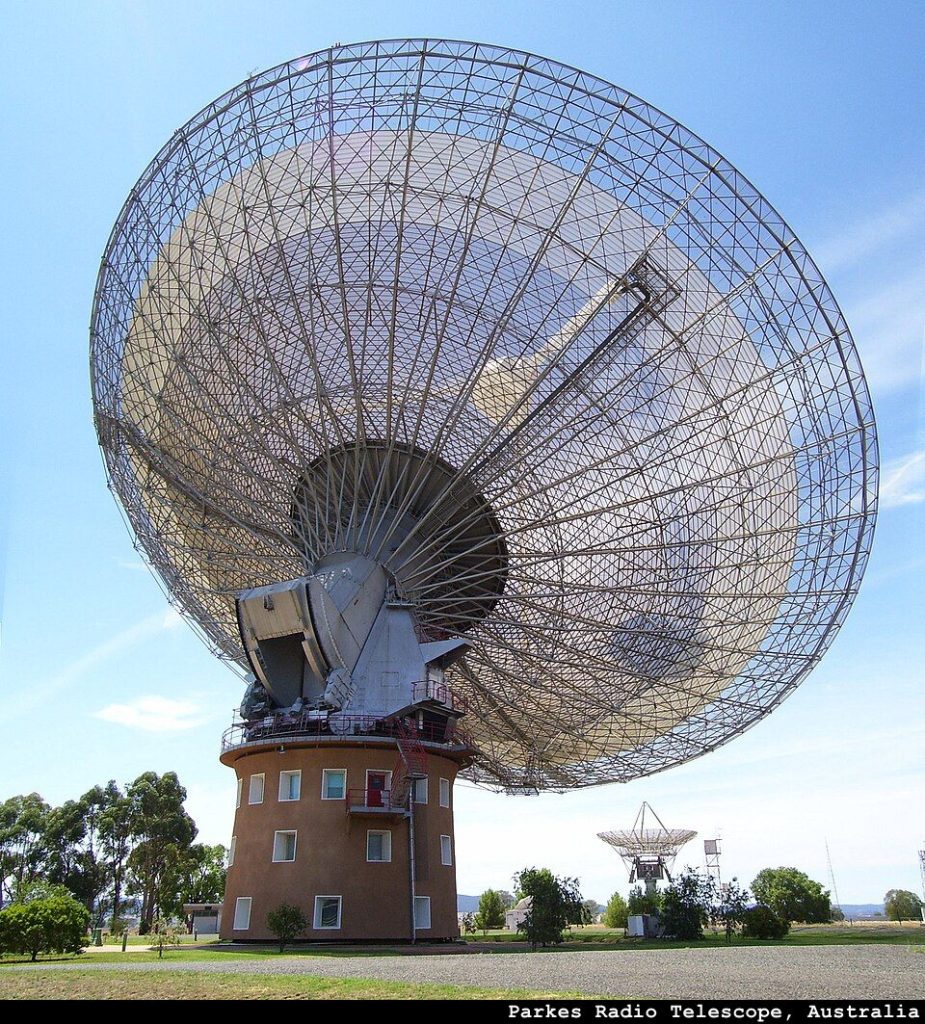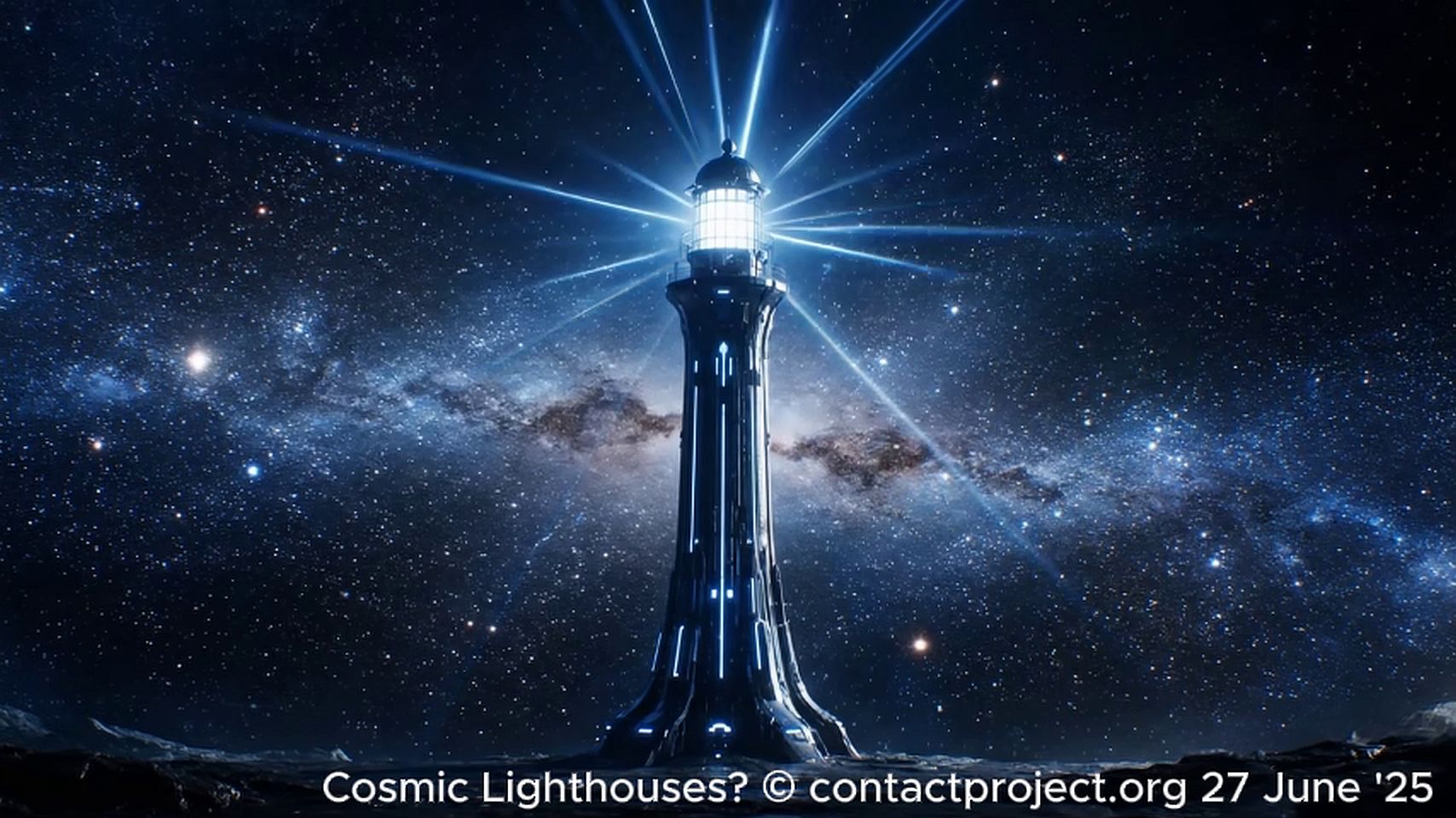The article moves from the general historical context of SETI to a specific, modern candidate for life, then to a mysterious signal from that candidate, critiquing the scientific response to potential extraterrestrial signals, presenting an alternative theory for the signal, and finally broadening the discussion to the overall limitations of the SETI methodology.
A Sagan-Sized Question
For decades, the search for extraterrestrial life was haunted by a daunting sense of scale. In a 1969 lecture that laid the foundation for modern UFO skepticism, Carl Sagan imagined our cosmic neighbors searching for us by a random principle: sending a spaceship to any old star and simply hoping for the best. More often than not, he assumed, they would find nothing. The universe was a colossal haystack, and intelligent life was a single, lonely needle.
It is a triumph of modern astronomy that this picture has been completely overturned. Today, we know of promising candidates for life-bearing planets right in our cosmic backyard. The proverbial haystack, it turns out, might just be a needle factory.

From Random Hopes to Targeted Searches
We are no longer searching blindly. Armed not with metal detectors but with powerful telescopes, we can pinpoint the most likely worlds to harbor life. An intelligent civilization on Earth would not send probes randomly into the void; we would send them to these promising targets. And there are many.
In 2016, astronomers discovered one such target: Proxima Centauri b in the Alpha Centauri system: a potentially habitable planet orbiting the closest star to our sun, a mere 4.2 light-years away. While its parent star’s fierce solar winds make surface picnics unlikely, life could theoretically thrive in subterranean shelters.

In an unrealized project, NASA studied in 1987 the possibility of reaching the orbit of Proxima Centauri b within just 100 years at 4.5% the speed of light. This project was named Longshot, and it was about sending an unmanned probe using nuclear propulsion.
If our initial observations of such a world prove inconclusive in the search for life, what would we do? We would do what we are already doing with Mars: we would send probe after probe until we could be certain. Why would an alien intelligence, having discovered a promising blue dot called Earth, be any different? And from a distance, what do our own Martian space probes look like, if not unidentified flying objects?

A Tantalizing Whisper from Proxima b
In a remarkable coincidence, just as we began to focus on Proxima b in the search for extraterrestrial life, a potential signal emerged from its direction. In April and May of 2019, the Parkes radio telescope in Australia detected a strange, narrow-band radio emission. Dubbed Breakthrough Listen Candidate 1 (BLC1), initially it was classified as a possible sign from an alien civilization.

The signal’s characteristics were puzzling. Its Doppler shift—the change in its frequency—appeared to be the opposite of what would be expected from the planet’s orbit. Curiously, the signal appeared 10 days after a major solar flare from Proxima Centauri, though no link has been established. The primary investigators were two interns, Shane Smith and Sofia Sheikh. They worked cautiously to rule out terrestrial interference.
Some senior researchers did review the results but found nothing of note.
Long Delay
The BLC-1 signal was first reported publicly 1.5 years after its detection, and only because it was leaked to The Guardian newspaper. The public then had to wait another year for the final results. People were puzzled by the secrecy which fueled speculation.
Delays in announcing a discovery—or non-discovery—within SETI and astronomy are standard practice. Data are not released to the public until they have been verified. For instance, when radio stars were first discovered in 1967, it took two years before the discovery was published. The scientists held on to their data until they found what they considered a plausible natural explanation. The supposed Pulsar mechanism remains a mystery to this day.
This delay practice by SETI can give the impression that data are withheld until “natural explanations” have been found; radio-frequency interference (RFI) is one such explanation.
“Ultimately, I think we’ll be able to convince ourselves that BLC-1 is interference.”
– Andrew Siemion, SETI Principal Investigator for Breakthrough Listen
Within the SETI community, Siemion’s statement exemplifies scientific humility and the cautious process necessary to distinguish genuine signals from interference. Outside SETI, analogous statements can be understood as masking underlying biases or reluctance to accept paradigm-shifting discoveries. This highlights how context influences the interpretation of such remarks.

How long did Earth listen for the BLC-1 signal?
Breakthrough Listen reserved 30 hours on the Parkes telescope to observe Proxima Centauri, but the putative signal was detected during only about three of those hours—roughly 10 % of the total observing time.
During the next six months the team logged another 39 hours of follow-up observations. Out of the 4,320 hours in that half-year, just 0.9 % was spent searching for a repeat—about one-tenth of the effort devoted to the original scan.
The question remains: Was a longer campaign warranted? More generally, aren’t extended observing campaigns in radio-astronomical SETI necessary? We cannot presume that extraterrestrial civilizations broadcast continuous signals; those transmissions may be the only ones we ever detect, and even then only by chance.
BLC-1 has underscored that, when practicable, observations of potential technosignatures should be conducted from at least two different observing sites simultaneously. That this wasn’t done in the case of BLC-1 is inexplicable.
What would be the worst case when announcing the discovery of extraterrestrial technological intelligence?
A mass panic? That later investigations prove the discovery to be wrong and it has to be retracted? Thus discrediting the field of SETI? Or that humankind no longer occupies the pinnacle of evolution in the Cosmos? Would this discovery temper humankinds worst instincts, such as warfare, to the detriment of despotic rulers?
A “Galactic Communications Grid” and BLC-1
At first glance, detecting a narrowband radio signal (e.g., BLC-1) from Proxima Centauri—the star system next door—seems fantastically unlikely. Astrophysicist Jason T. Wright countered that, from an engineering standpoint, Proxima is exactly where we should expect to find such a transmission.
If a galactic communication network exists, Proxima would be the most likely “last mile” transmitter to the Solar System. Instead of every civilization trying to beam powerful, targeted messages to every other star system they want to contact, they would establish a network of communication nodes or relays.
Proxima as the Solar System’s “Cell Tower”
Proxima as the Solar System’s “Cell Tower”
In this scenario, Proxima Centauri—the closest star to our Solar System—serves as the logical “cell tower.” A message intended for our region of space would be routed through the galactic network to the Proxima Centauri system. A transmitter located there would then handle the “last mile” broadcast to the Solar System.
These nodes in the Galactic Communications Grid would need to ping each other regularly. But since radio waves travel at the speed of light, a single ping would take over eight years (accounting for the 4.24-light-year distance and signal processing time). Given this limitation, perhaps there’s another way to communicate with extraterrestrial intelligence (ETI)?
The speed of light is fixed for electromagnetic radio waves—but what about physical objects? And I’m not primarily referring to warp technology, but rather to objects that might already be here.
The Trouble with SETI

SETI’s foundational premise is that extraterrestrial civilizations would likely be light-years away, not operating stealthily in Earth’s atmosphere. The hundreds of thousands of reported UFO sighting are perceived by SETI as being mostly the product of wishful thinking, misinterpretations and fakes.
Because UAPs/UFOs have no confirmed extraterrestrial link, SETI has no scientific basis for allocating resources to them. Consequently, no scientific efforts are undertaken to attempt contact with UAPs by radio or other signalling methods (e.g., lasers).
To qualify as a genuine ETI radio signal, the signal must come from far away and its detection must be reproducible. Otherwise it risks being classified as interference outright.
Highly directional, sensitive radio telescopes are not suited for close-range communication. For this reason, the Contact Project has suggested involving amateur radio operators (hams), whose omnidirectional antennas could be used in communication attempts with UAPs.

Scientific Observational Attempts to Detect UAPs/UFOs
Harvard astrophysicist Avi Loeb has been leading the Galileo Project, one branch of his project is the detection of possible radio emissions from UAPs.
With new observatories online Avi Loeb is challenging the scientific establishment by taking UAPs seriously.
He sensationally declared he’s looking for intelligent life in deep space, blasting: “I’m interested in intelligence in outer space because I don’t find it very often here on Earth!”
The definition of his job is simple. “What is it to be a scientist?” he asks. “As far as I’m concerned, it’s the privilege of being curious.” It is this foundational principle that now drives one of the most ambitious and controversial scientific endeavors of our time: the Galileo Project. In an age of polarized opinion, the project aims to rise above the noise by focusing on a single, unimpeachable authority. “In science,” he declares, “the arbitrator is the physical reality.”
The project, which is now in full swing in the summer of 2025, was born from a frustration with a scientific community he sees as often too quick to dismiss the unknown. The turning point was the baffling 2017 interstellar visitor, ‘Oumuamua. Its strange, flat shape and its acceleration away from the sun without a visible cometary tail led him to suggest it could be an artifact of an alien technology. The backlash was swift. He recalls a colleague, an expert on rocks, confiding that ‘Oumuamua was “so weird I wish it never existed”—a statement project leader Avi Loeb sees as the antithesis of scientific curiosity.




